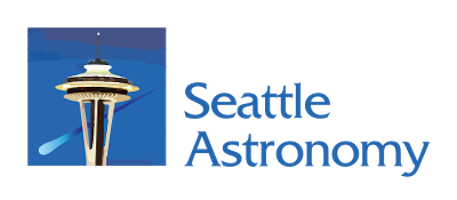When I was 12 years old, about to turn 13, I was on a backpacking trip in the Washington Cascade Mountains with my Boy Scout troop and my dad, who was an avid hiker and later our Scoutmaster. By coincidence the hike was in early August. We had some heavy rain during the early part of our adventure, but one night, camped near the small village of Holden, the weather was glorious, the night was crystal clear, and we slept out under the stars. As the sky darkened to the pitch black of the deep wilderness, far away from population centers, we marveled at the near constant stream of shooting stars; it wasn’t planned, and I don’t think any of us even knew they had a name, but Perseid meteors of many colors sizzled through the sky. I don’t think I could have counted them; there must have been a hundred or more every hour!
Part of the magic of astronomy is the perspective it gives us about time. We see the Moon as it looked about a second ago, the Sun as it was eight minutes in the past, and M31, on a collision course with us, as it looked 2.5 million years ago. The Hubble Space Telescope brings us views of things as they looked close to the birth of the universe.
Every time I see a meteor I’m transported back to 1970, in my sleeping bag in a wilderness clearing, watching hundreds of meteors shoot through the sky, on a hike with my father, who is young, vital, and alive.
Dad passed away in mid-August of 2000, just a few days after the peak of that year’s Perseid shower. The anniversary always makes me look back, and up.
My backyard in West Seattle isn’t ideal for meteor watching. For one thing, it’s in Seattle, where it’s usually cloudy, and if it’s not the city lights wash out all but the brightest of the Perseids. Still, ever the optimist, I always go out and look, just in case. This year was worse than usual for Perseid viewing. The Moon was near full, and though we’ve had a stretch of favorable weather this summer, there were thunderstorms and heavy rain the early morning of the Perseid peak. Shut out again.
The next evening was mostly clear, though, and I went out, grabbed a chair on the deck, and waited just to see if any stragglers would show up. It took about 20 minutes before a fabulous, bright Perseid blazed across the sky.
The astronomy buff in me knows that this meteor was just a little chunk of the ancient comet Swift-Tuttle, itself possibly a piece of the stuff of which the solar system is made. My inner 12-year-old viewed it as a signal from Pops. Things are all right, buddy. Keep looking up.
I have a great life. My wonderful wife tolerates and encourages my astronomy hobby, even though she’s not about to come out and freeze her tail off for a glimpse of the Cassini Division. We have a nice consulting practice, and sometimes people publish my writing. I don’t want to be 12 again. But I like having a time machine that takes me back to spend a little more time with the old man every once in a while.
I miss you, Pops.


